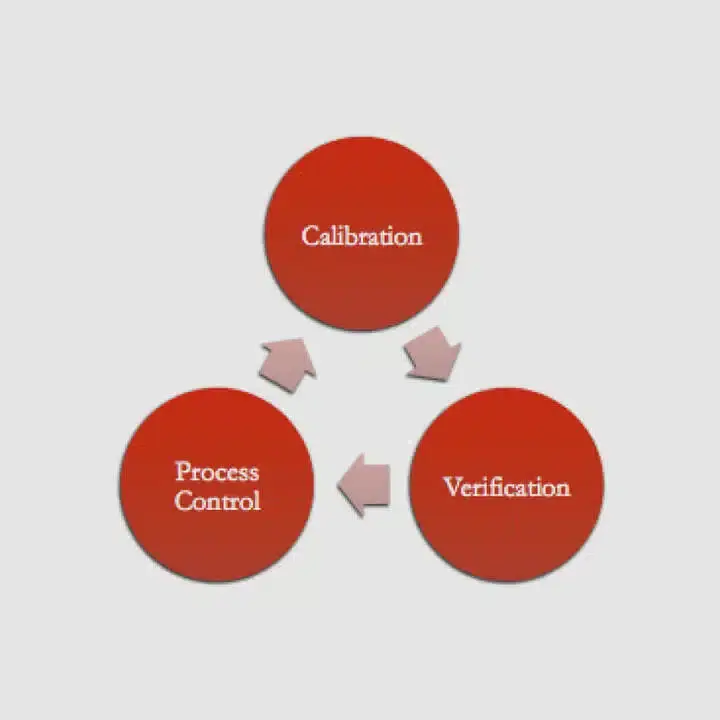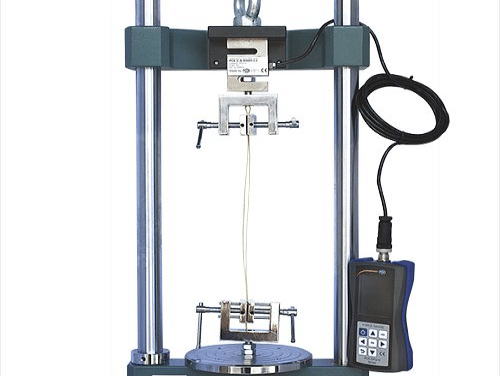Basic Principles of Calibration
What?


If you’re involved in a business where the volume of fluids flowing through pipes must be known to specified accuracies, common misuse of an enabling measurement technology has created a new risk that may cause critical damage to your products, your business or both.
Flow Meter calibration is the bedrock on which the manufacturing processes for products that depend on the delivery of a known volume of liquid is built. Today some manufacturers are eliminating the flow meter calibration process in favor of a much less reliable internal verification process.
Some flow meters are sold with self-verification facilities designed to reduce the frequency of formal calibration efforts on process flow meters. These meters store data on critical internal measurement circuits and continually monitor these for change. During the flow verification process, the meter tests its own circuits against internal standards and provides a pass or fail based on the data. The standards of timing, voltage and current are originally calibrated at the manufacturer’s factory using ISO17025 NIST traceable rigs, but the marketing of these products makes the point that the meter’s self-verification process eliminates the need for further, more invasive calibration procedures.
In the short term this may very well be true, but standards age, hence the ISO9001 requirement to revalidate them frequently against those held by NIST. Substantial product risks exist if a consistent calibration program is thrown out in favor of a sub-standard verification program.
The heading above is an excerpt from the calibration lab standard, ISO17025 3.8 Note 5. which defines verification as the “provision of objective evidence that a given item fulfills specified requirements.”
When a meter or a system is calibrated, the Objective evidence is its performance against a reference standard, and the specified requirement in the case of flow meters is the stated measurement accuracy of the meter itself, or the accuracy requirement of the application it is being used in. If no NIST traceable standards are used, which themselves have a valid calibration certificate showing they fulfill specified requirements, the meter is not calibrated.
Calibration procedures exist in every quality standard where something must be measured that has direct influence on the ultimate outgoing quality level of the item produced or the service provided. In the case of fluid flow, calibration provides a regular health check and allows flow meters to be physically re-centered in the measurement distribution by comparing flow meter performance to a known reference, preventing runaway disasters when companies don’t realize their measurement equipment is out of spec and has been so for some time.
It can be argued that flow meters that perform self-verification testing perform a valuable service that allows verification to internal standards on a daily basis if required, reducing the calibration service uncertainty window substantially.
However, without recalibrating the internal standards of these meters to NIST on a regular basis doubts must remain about the flow meter’s fitness for purpose and its ability to fulfill specified requirements per the ISO standards.


At PCS we offer flow meter calibration using the well-known Master Meter method. The master is placed in series with the flow meter being calibrated and a series of flow rates is measured by both the master and the meter under test. Calibration adjustments are made to the meter under test until the measured results are in line with the master meter.
The master is traceable to NIST standards and uses differential ultrasonic measurements to very accurately determine flow.

There are many technical factors to be considered when you need to have your Universal Testing Machine calibrated. What size load cell(s) does your...